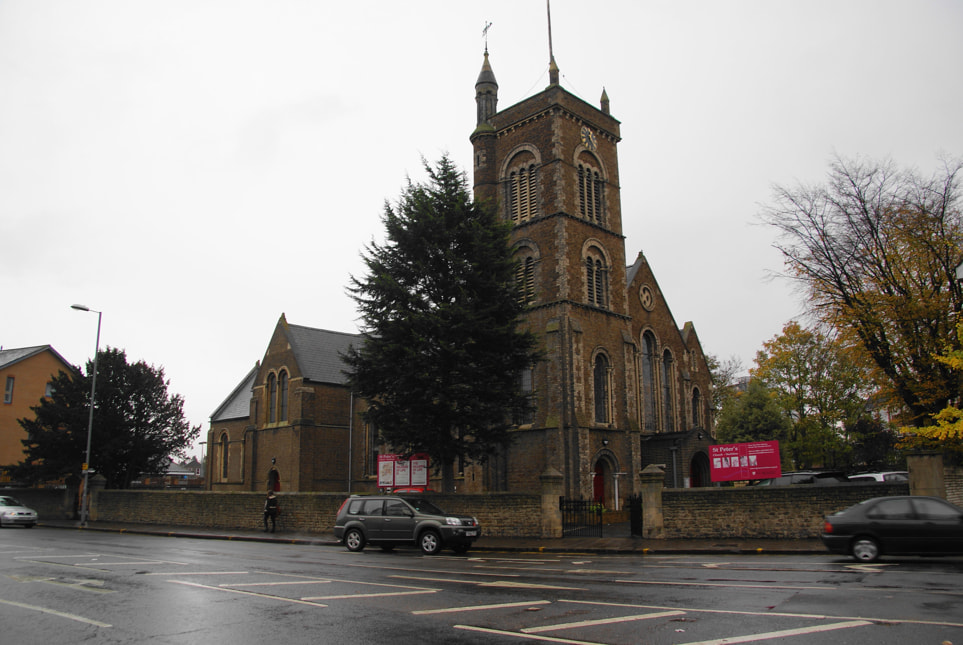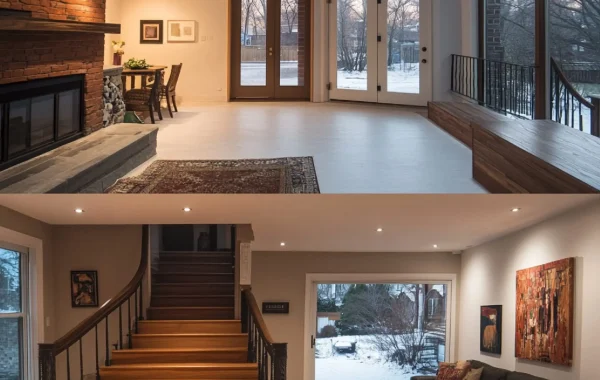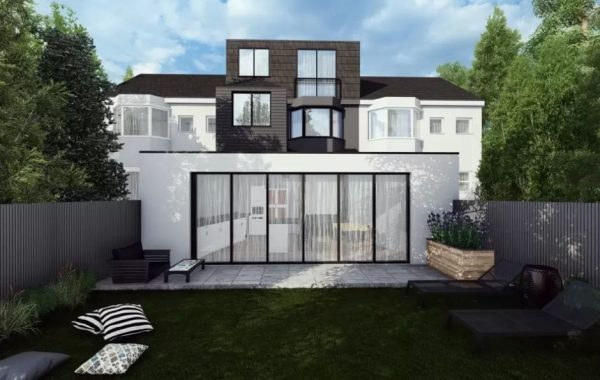Transforming Your Home with a Kingston Norbiton Loft Conversion
A loft conversion is one of the most popular home improvement projects in the UK, offering a perfect blend of functionality, style, and increased property value. If you live in Kingston Norbiton, a historic and picturesque area in southwest London, a loft conversion could be the ideal solution to maximize your living space without the need for a costly and disruptive move. In this detailed guide, we will explore everything you need to know about undertaking a loft conversion in Kingston Norbiton, from planning and design to construction and finishing touches.
Understanding Loft Conversions
A loft conversion involves transforming an unused attic space into a functional room. This space can be used for various purposes, including an additional bedroom, home office, playroom, or even a luxurious master suite. The type of loft conversion you choose will depend on your budget, the existing roof structure, and your specific needs.
Types of Loft Conversions
Dormer Loft Conversion:
- Description: This is the most common type of loft conversion, involving an extension of the existing roof to provide additional floor space and headroom.
- Pros: It offers a significant amount of additional space, and the construction is relatively straightforward.
- Cons: It may require planning permission, depending on the size and design.
Hip-to-Gable Loft Conversion:
- Description: This involves changing the sloping side of the roof to a flat gable end, which creates more internal space.
- Pros: It provides a large amount of additional space and is ideal for semi-detached or detached houses.
- Cons: It is more complex and expensive than a dormer conversion.
Mansard Loft Conversion:
- Description: This type of conversion changes the entire roof structure, creating a flat roof with steeply sloped sides.
- Pros: It offers the maximum amount of additional space and can transform the appearance of your home.
- Cons: It is the most expensive option and usually requires planning permission.
Velux Loft Conversion:
- Description: This is the simplest type of loft conversion, involving the installation of Velux windows into the existing roof slope.
- Pros: It is the least disruptive and does not usually require planning permission.
- Cons: It does not provide as much additional space as other types of conversions.
Planning Your Loft Conversion
Before starting any construction work, it’s crucial to plan your loft conversion carefully. Here are some key steps to consider:
Assessing Feasibility
- Head Height: Measure the head height in your loft. Ideally, you should have a minimum of 2.2 meters. If the height is less, you might need to consider options like lowering the ceiling of the rooms below or raising the roof, which can add to the cost and complexity.
- Roof Structure: Determine if your roof is suitable for a conversion. Traditional framed roofs are easier to convert than modern trussed roofs, which may require additional structural support.
- Access and Stairs: Plan where the stairs will go. The new staircase should provide safe and convenient access to the loft without taking up too much space on the floor below.
Budgeting
- Costs: Loft conversion costs in Kingston Norbiton can vary widely depending on the type of conversion, the size of your loft, and the finishes you choose. As a rough guide, you can expect to pay between £30,000 and £60,000 for a standard dormer loft conversion.
- Financing: Consider how you will finance your loft conversion. Options include savings, remortgaging, or taking out a home improvement loan.
Legal Considerations
- Planning Permission: Many loft conversions fall under permitted development rights, meaning you won’t need planning permission. However, if your plans exceed certain limits or if your home is in a conservation area, you will need to apply for planning permission.
- Building Regulations: Regardless of whether you need planning permission, your loft conversion must comply with building regulations, which ensure the safety and energy efficiency of the conversion.
- Party Wall Agreement: If your home is semi-detached or terraced, you may need a party wall agreement with your neighbours before starting work.
Design and Construction
Once you have your plans and permissions in place, it’s time to start the design and construction phase.
Designing Your Loft Conversion
- Layout: Work with an architects or designer to create a functional and aesthetically pleasing layout. Consider how you will use the space and what features are essential.
- Natural Light: Maximize natural light with windows, skylights, or dormers. This will make the space feel larger and more inviting.
- Insulation and Ventilation: Ensure your loft is well-insulated to keep it warm in winter and cool in summer. Proper ventilation is also essential to prevent damp and condensation.
Construction Phase
- Finding a Builder: Choose a reputable builder with experience in loft conversions. Ask for references and check reviews to ensure you select a reliable contractor.
- Project Management: Either manage the project yourself or hire a project manager to oversee the work. Regular communication with your builder is crucial to keep the project on track.
- Minimizing Disruption: A loft conversion can be disruptive, but a good builder will work to minimize the impact on your daily life. Clear planning and communication can help ensure a smoother process.
Finishing Touches
Once the construction is complete, the final step is to add the finishing touches that will turn your new loft space into a beautiful and functional part of your home.
Decorating
- Colour Scheme: Choose light, neutral colours to make the space feel larger and more open. Add pops of colour with soft furnishings and accessories.
- Flooring: Select flooring that suits the use of the space. Carpeting can make a bedroom feel cosy, while hardwood or laminate flooring is practical for a home office.
- Furniture: Invest in furniture that maximizes the space. Built-in storage solutions can help keep the room clutter-free and make the most of awkward corners.
Utilities
- Heating and Cooling: Ensure your new loft is comfortable year-round by extending your existing heating system or installing electric heaters. Consider adding air conditioning for hot summer days.
- Lighting: Install a mix of task and ambient lighting to create a welcoming atmosphere. Recessed lights, pendant lights, and wall sconces can all work well in a loft space.
- Electrical Outlets: Plan for plenty of electrical outlets to accommodate your needs, whether it’s for charging devices, working from home, or simply relaxing.
Benefits of a Loft Conversion in Kingston Norbiton
Undertaking a loft conversion in Kingston Norbiton offers numerous benefits:
- Increased Property Value: A well-executed loft conversion can add significant value to your home, making it a wise investment.
- Additional Space: Gain valuable additional living space without sacrificing your garden or moving to a new house.
- Personalized Design: Tailor the new space to meet your specific needs and preferences, whether you need an extra bedroom, a home office, or a playroom for the kids.
- Enhancing Character: A loft conversion can enhance the character and charm of your Kingston Norbiton home, blending modern functionality with traditional aesthetics.
Conclusion
A loft conversion in Kingston Norbiton is an excellent way to transform your home, providing additional space, increasing property value, and enhancing your quality of life. With careful planning, a clear budget, and the right professional support, you can create a stunning new room that meets all your needs. Whether you opt for a dormer, hip-to-gable, mansard, or Velux conversion, the result will be a beautiful and functional addition to your home that you can enjoy for years to come.





